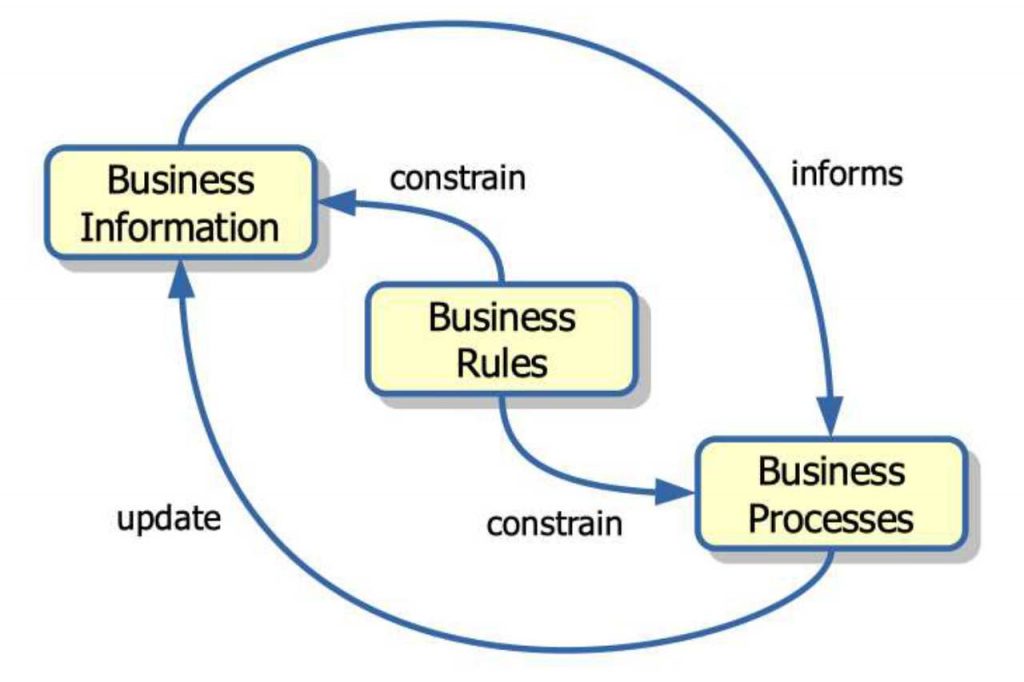Governance of business systems can be challenging, and it can be hard to get a clear view of what is required.

Not just commerce
The word “business” conjures up images of a commercial enterprise, but here we are talking about any kind of organization that operates in what could be called a “business-like” way. This includes charities, manufacturers, universities, government agencies, hospitals, and many more. All of these have an obligation to operate in a responsible way by prudent management of their resources, compliance with relevant laws and regulations, care for their staff, and so on. These days, every kind of organization uses computer based information, and for some it is their total focus. Business information systems cover all aspects: importing and exporting information to external entities, creating new information, and using information to support the activities of the business.

Different types of business — same kinds of problems
Although businesses of all kinds are reliant on their information systems, harnessing technology in the service of business can be difficult. Business concerns criss-cross and evolve continually, and it can be daunting to work through the complexity. Different silos in the business may describe the same data in different ways, making consistency a problem. Technology vendors are constantly promoting alternative products as the ultimate solution. Legacy components have to be maintained and integrated into a coherent system. Pressures on timescales and budgets sometimes force premature release of system components which cause problems downstream. Perhaps the biggest problem of all is the disconnect that often exists between business concerns and their technical implementation.

The essential structure
Business systems use a wide range of technology, and the options are continually changing as technology evolves. However, all business systems are built around three core concerns.
- Business Information, including the semantics that define business understanding of the data
- Business Processes that use existing information and update and create new information
- Business Rules that constrain the system to comply with the policies of the business
Business systems must address all three of these so that they work in harmony to support the objectives of the business.
Read more about how fresh ideas focussed on core concerns can improve business system creation and management.
